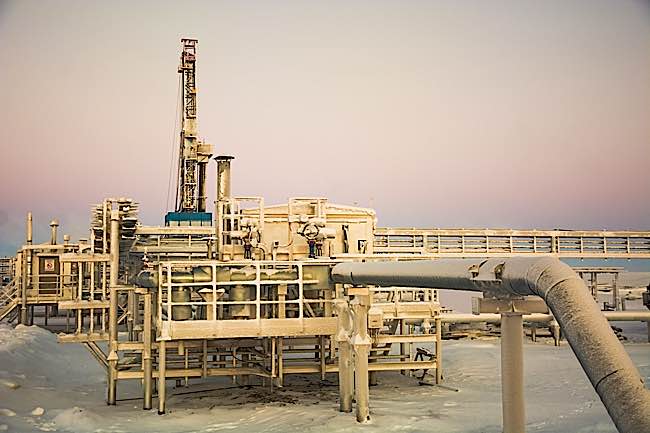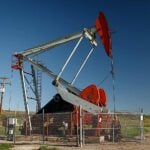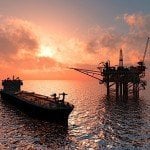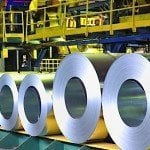Typically, companies only manage to extract a third of the oil from a given field using current technologies. A promising new extraction method, developed by veteran Russian engineer Alex Barak and his engineer associates, at Galex Energy Corporation, could dramatically improve yield — although not without some environmental risks.
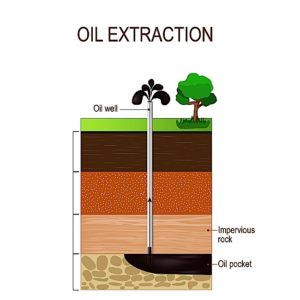 They are working on various methods, but the most promising is an innovation that “uses acoustic waves that are swept,” according to a report by Chris Baraniuk of the BBC.[1] Basically, acoustic waves are vibrated or transmitted into the rock surrounding an oil well so that oil trapped in the rock is forced out. The acoustics actually create small fractures in the rock.
They are working on various methods, but the most promising is an innovation that “uses acoustic waves that are swept,” according to a report by Chris Baraniuk of the BBC.[1] Basically, acoustic waves are vibrated or transmitted into the rock surrounding an oil well so that oil trapped in the rock is forced out. The acoustics actually create small fractures in the rock.
“The liquid bursts into vapour within the pore,” according to the report. Then, the area is exposed to low and high pressure in cycles, which pushes the oil to flow into the well where they can be drawn out. They will be testing 25 wells this year.
Not referenced in the BBC story, there appears to be a patent on this technology — or something similar. One patent abstract is called “Sonic Enhanced Oil Recovery System and Method. (US 20120061077 A1)” [2] which is summarized in the abstract as:
“To increase oil recovery from an oil reservoir, an acoustic transmitter is disposed in a source well and an acoustic receiver is disposed in a producing well. A portion of the oil reservoir is disposed between the source well and the producing well. An acoustic signal is transmitted from the acoustic transmitter at frequencies of 30 Hz and greater. The transmitted acoustic signal is received by the acoustic receiver and a resonant frequency of the portion of the oil reservoir is determined based on attenuation of the transmitted signal. The acoustic signal is transmitted from the acoustic transmitter at the determined resonant frequency to reduce a boundary layer effect between oil in the oil reservoir and a surface of a substrate in the oil reservoir and between the oil and a brine interface in the oil reservoir.”
Environmental and human risks
The risks are “the unauthorized and incompetent use of [the] technology swept can cause damage to the subsoil environment, property and threat the life and staff,” as quoted in an earlier 2013 article written by Mr Barak and Mr Bazhal. That will not slow down development, although obviously risks will be assessed and managed.
Swept is only one of many methods being tested.
NOTE
[1] “Future energy: The technology allowing more oil extraction.” Chris Baraniuk, Technology Reporter, BBC.
[2] Patent “Sonic Enhanced Oil Recovery System and Method.“

